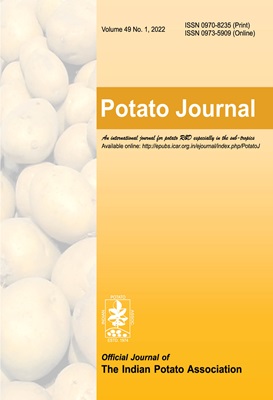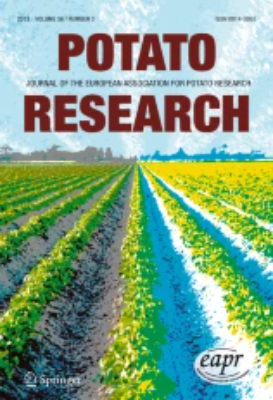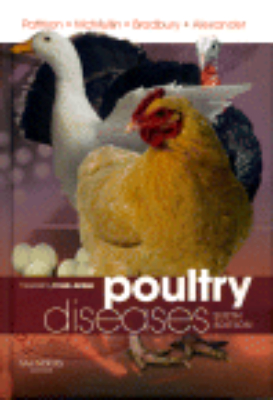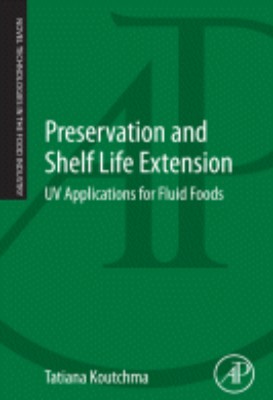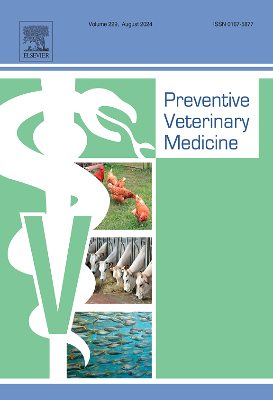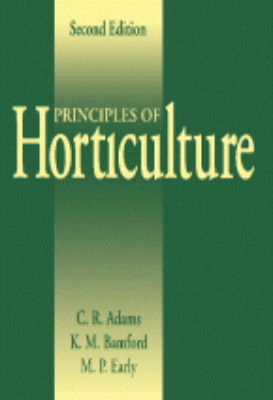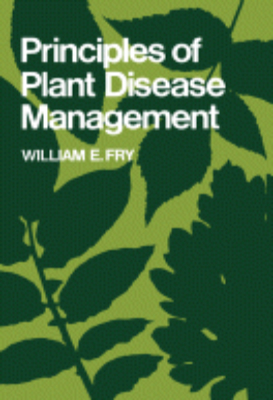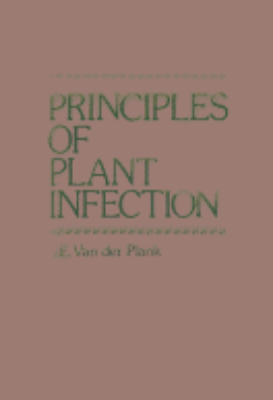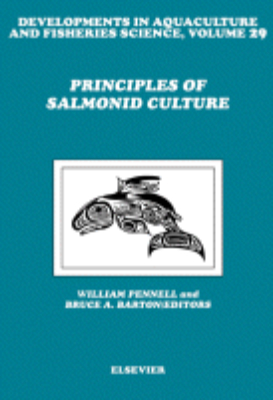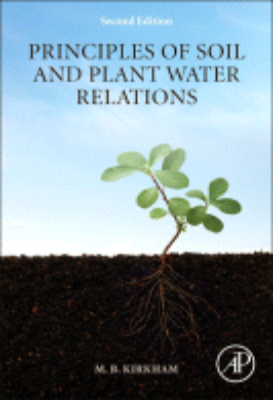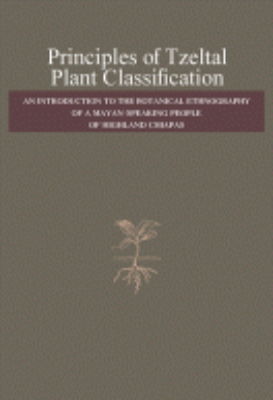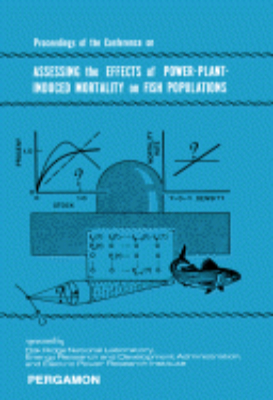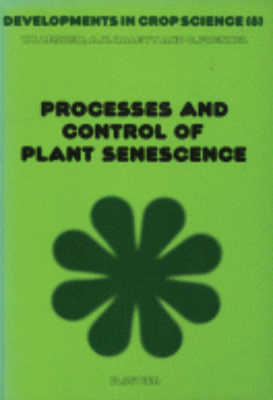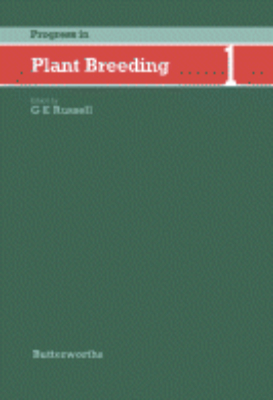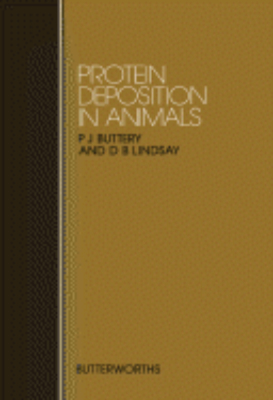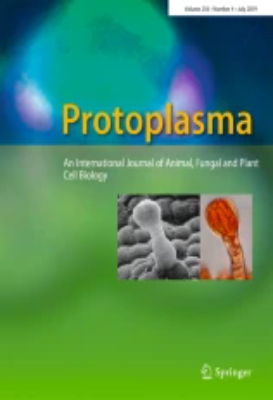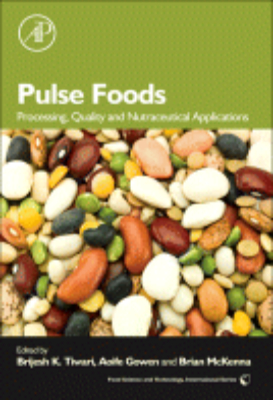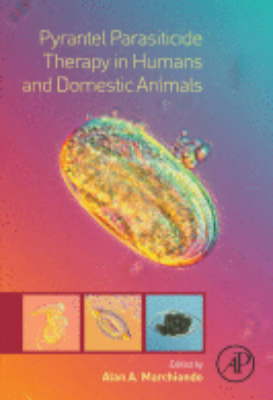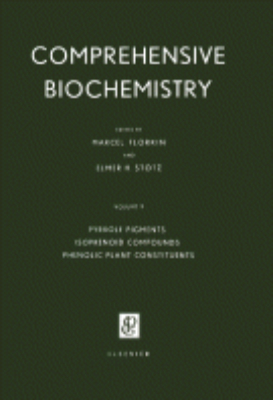Agricultural Science
Potato Journal
Potato Journal; formerly (till year 2003) known as Journal of the Indian Potato Association, is official journal of the Indian Potato Association (IPA).The IPA was established in 1974 and registered under the Indian Societies Registration Act XXI of 1860 (registration No. 206/74; dated 15th June 1974). The journal covers all areas of potato research including Genetics, Breeding, Biotechnology, Agronomy, Soil Science, Seed Technology, Plant Pathology, Entomology, Storage, Physiology, Biochemistry, Post Harvest Technology, Agricultural Economics, Marketing, Statistics, Extension and Farm Machinery. The journal is published in two issues to form one volume per year. Information for authors can be found at the end of each issue. Acknowledgments to reviewers are published in the December issue. The IPA was founded with the objectives to advance the cause of potato research and development. Besides publishing Potato Journal (Formerly Journal of Indian Potato Association), the IPA also holds conferences, symposia and workshops to provide opportunities for personal contacts among potato workers to promote and exchange scientific and other information and to develop means of interaction among potato researchers, industry, farmers and consumers.
Poultry Diseases
Now in its sixth edition, Poultry Diseases is once again fully revised with the addition of vital new material. It remains the standard reference work on health and disease for those involved in the poultry industry, government and veterinary education. Following a familiar structure, readers of the sixth edition gain concise but major reviews on current knowledge of general and disease-specific topics discussed over 45 (5 new) chapters in seven sections. With a large international team of contributors led by an authoritative editor team and a Foreword by Professor Frank Jordan, Poultry Diseases is an invaluable resource for the practicing veterinarian, poultry inspector, agricultural manager or veterinary student.
Power Plant Performance
Power Plant Performance discusses the different procedures and practices involved in the operation of power plants. The book is divided into four parts. Part I covers general considerations such as steam cycles; the sampling, analysis, and assessment of coal; and pumping its related terms, the different types of pumps, and the determination of sizes and efficiency. Part II tackles the important measurements in power plants such as temperature, pressure, and gas and water flow. Part III deals with the operation of power plant components such as the boiler, turbine, and condensers. Part IV tackles other related topics such as steam turbine heat consumption tests; plant-operating parameters; and the costs of outages. The text is recommended for professionals involved in the development, maintenance, and operation of power plants, especially those who would like to be familiar with the basics.
Practical Animal Husbandry
Practical Animal Husbandry presents a contemporary framework of the main subject divisions of animal husbandry. Chapters are devoted to the discussion of handling of animals; the breeding of domestic livestock; the growth and development of animals; reproduction processes such as egg-laying in poultry, milk production in cows, sheep and goats; the right amount and the right quality of food; confinement and shelter for all types of domesticated livestock; and preventive medicine and animal welfare. Husbandsmen, veterinarians, and livestock producers will find the book highly informative.
Preservation and Shelf Life Extension
"Preservation and Shelf Life Extension focuses on the basic principles of ultraviolet light technology as applied in low-UV transmittance treatments of food fluids and solid foods. It describes the features of UV light absorption in food fluids and available commercial systems, and provides case studies for UV treatment of fresh juices, dairy products, wines, and beer. The book also includes information on various continuous and pulsed UV sources and processing systems, as well as examples of specific treatments for fruits, vegetables, meat and poultry products. Key Features. Addresses preservation and shelf-life extension of foods and food plant safety improvement. Explores non-thermal and non-chemical alternatives for preservation and shelf-life extension of fluid foods, drinks and beverages, and for solid foods. Written by an internationally recognized expert in ultraviolet light, high hydrostatic pressure processing, and microwave heating"
Principles of Animal Research
"Principles of Animal Research is the first publication to offer a broad look at animal research science for a student, early researcher, or technician. Offering guidance for all aspects of the research experience, including the research and development of a thesis, model selection, experimental design, IACUC protocol preparation, and animal husbandry and technical procedural needs, the book is a necessary addition to every student, technician, and researchers education. Key Features. Provides background material for students to understand the broader backdrop against which animal research is undertaken. Includes ethical and regulatory information. Covers commonly used animal models and the process to choose a model for biomedical research"
Principles of Horticulture
Principles of Horticulture, Second Edition covers the various topics concerning plant cultivation for agricultural use. The book is comprised of 17 chapters that tackle the various areas of concerns in horticulture. The coverage of the text includes the nurturing aspects of horticulture, including growth and development, genetics and breeding, and nutrition. The book also covers the various threats and problems encountered by horticulturists, such as pests, weeds, and harmful microorganisms. The text will be of great use to researchers and practitioners of plant-related fields, such as botany, agriculture, and particularly horticulture.
Principles of Plant Disease Management
"Principles of Plant Disease Management is intended to provide a substantive treatment of plant disease management for graduate and undergraduate students in which theoretical and practical elements are combined. Reference is made to specific diseases and control practices to illustrate basic principles or strategies. The section on epidemiology includes a chapter in which arthropod vectors (aphids, leafhoppers, whiteflies, Coleoptera and mites) are briefly discussed, and the section on control includes references to the use of crop varieties with resistance to such vectors, and also contains information on mechanical, cultural, biological and chemical measures that contribute to vector control. Key Features. The technology of disease management is presented according to epidemiological principles. Sections on diagnosis, epidemiology, environmental factors, disease forecasting, disease control (exclusion, physical, chemical and biological), plant resistance, cultural modifications to suppress epidemics, effects of chemicals and their major groups and uses, and examples of disease management in practice are included. A bibliography and index are appended"
Principles of Plant Infection
Principles of Plant Infection investigates interactions among pathogens, host plants, the environment, time and space, and their role in plant infection. It describes the principles of infection, particularly of the root, stem, or leaf, as they apply to fungi, bacteria, or viruses. It also highlights the dual nature of resistance and suggests theories of host resistance. Organized into seven chapters, this volume begins with an overview of the relation between the amount of inoculum and the amount of disease it causes. It then turns to a discussion of the disease/inoculum relations of tobacco mosaic virus; how obligate synergism restricts the transmission of pathogens; disease/inoculum relations in root disease; the independent action of spores as inoculum; variable factors other than the amount of inoculum that affect plant disease; and time as a determining factor of the degree of plant infection. The reader is also introduced to endemic disease of plants, the implications of endemicity for plant resistance to disease, the spread of disease via migration of pathogens, and the genetics of host-pathogen interactions. Plant pathologists and plant breeders will gain valuable information from this book.
Principles of Soil and Plant Water Relations: 2005
Principles of Soil and Plant Water Relations combines biology and physics to show how water moves through the soil-plant-atmosphere continuum. This text explores the instrumentation and the methods used to measure the status of water in soil and plants. Principles are clearly presented with the aid of diagrams, anatomical figures, and images of instrumentation. The methods on instrumentation can be used by researchers, consultants, and the military to monitor soil degradation, including measurements of soil compaction, repellency, oxygen diffusion rate, and unsaturated hydraulic conductivity.Intended for graduate students in plant and soil science programs, this book also serves as a useful reference for agronomists, plant ecologists, and agricultural engineers.
Principles of Soil and Plant Water Relations: 2014
Principles of Soil and Plant Water Relations, 2e describes the principles of water relations within soils, followed by the uptake of water and its subsequent movement throughout and from the plant body. This is presented as a progressive series of physical and biological interrelations, even though each topic is treated in detail on its own. The book also describes equipment used to measure water in the soil-plant-atmosphere system. At the end of each chapter is a biography of a scientist whose principles are discussed in the chapter. In addition to new information on the concept of celestial time, this new edition also includes new chapters on methods to determine sap flow in plants dual-probe heat-pulse technique to monitor water in the root zone.
Principles of Tzeltal Plant Classification
Principles of Tzeltal Plant Classification: An Introduction to the Botanical Ethnography of a Mayan-Speaking People of Highland Chiapas covers the underlying classificatory principles used by the Tzeltal to order the vast array of organisms of the plant world. The book describes the setting of the research, both from a botanical and ethnographic view; the general outline of Tzeltal plant classification and nomenclature; and the methods used to collect data. The text also discusses the rich ethnolinguistic terminology used by the Tzeltal in describing and discussing the structure of plants, referred to as ethnophytography; and the cultural significance of plants to the Tzeltal in agriculture, food types, house building, and other areas of material culture where plants and plant products are of major importance. The individual description of all known Tzeltal plant classes is also encompassed in detail. Botanists and ethnobotanists will find the book invaluable.
Problem-Based Feline Medicine
This focused resource covers all medical conditions that affect cats. Using a unique problem-based approach, it provides essential information for assessing presenting symptoms, reaching a differential diagnosis, and selecting the appropriate course of treatment for feline patients. A consistent format makes it easy to find information related to key signs and possible causative factors (graded to indicate how common each is), diagnosis, differential diagnosis (including tests where appropriate), treatment, prognosis, and prevention (where applicable) for each clinical condition.
Progress in Plant Breeding 1
Progress in Plant Breeding 1 is a collection of review articles that aim to critically assess progress in different major crops, not only in the aspect of variety production, but also across all the related disciplines. The book covers topics such as dwarfing genes in wheat; sugar-beet breeding; development of grain-protein crops; and the breeding programs of the International Potato Center. Also covered in the book are topics such as the development of bird resistance of soghum and maize; advances in the breeding of chickpeas; and breeding rice for disease resistance. The text is recommended for botanists and agriculturists who would like to know more about the advances in plant breeding and how it is improving crops.
Protein Deposition in Animals
Protein Deposition in Animals explores the factors controlling protein deposition in farm animals including fish, poultry, and ruminants. Topics covered range from protein biosynthesis in eukaryotic cells and protein metabolism in intact animals to whole-body amino acid metabolism, synthesis of egg proteins, and metabolism of the fetus. The energy costs of protein metabolism, dietary constraints on nitrogen retention, and metabolism in muscle are also discussed. Emphasis is placed on the factors that influence protein production by animals. This book is comprised of 15 chapters; the first of which explains some fundamental aspects of protein synthesis, followed by a topic of the molecular control of protein breakdown. Two chapters then consider the measurement of whole-body protein metabolism and the integration of the metabolism of individual organs with the rest of the animal. Two 'tissues', the muscle and the fetus, are singled out for detailed analysis in subsequent chapters, while another chapter describes the synthesis of egg proteins. The factors that influence overall nitrogen retention by the animals are also examined, along with the energy costs of protein deposition, hormonal influences on protein deposition, and the use of anabolic agents to manipulate growth. Two chapters, one on poultry and the other on ruminants, are concerned with predicting rates of protein deposition. This text concludes by discussing the protein metabolism in fish. This book will be of interest to scientists working in the fields of applied biochemistry, animal nutrition and physiology, physiology, and agriculture.
Pulse Foods
"Pulses are nutritionally diverse crops that can be successfully utilized as a food ingredient or a base for new product development. They provide a natural food grade ingredient that is rich in lysine, dietary fiber, complex carbohydrates, protein and B-vitamins suggesting that pulses can provide a variety of health benefits such as reducing heart disease and diabetes. Interest in the use of pulses and their ingredients in food formulations is growing and several factors are contributing to this drive. Pulse Foods: Processing, Quality and Nutraceutical Applications is the first book to provide up-to-date information on novel and emerging technologies for the processing of whole pulses, techniques for fractionating pulses into ingredients, their functional and nutritional properties, as well as their potential applications, so that the food industry can use this knowledge to incorporate pulses into new food products. Key Features. First reference bringing together essential information on the processing technology of pulses. Addresses processing challenges relevant to legume and pulse grain processors. Delivers insights into the current state-of-art and emerging processing technologies. In depth coverage of developments in nutraceutical applications of pulse protein and carbohydrate based foods"
Pyrantel Parasiticide Therapy in Humans and Domestic Animals
"Pyrantel Parasiticide Therapy in Humans and Domestic Animals presents a single source history and reference on the parasiticide activity and pharmacology of the tetrahydropyrimidines and their salts in humans and domestic animals, also collating evidence that resistance to pyrantel has developed in human and domestic animal nematodes. Other books of this nature have been compiled historically for specific anthelmintic compounds, but none has been written to date for the pyrantel family of drugs. Pyrantel, a nicotinic receptor agonist, has been used in domestic animal and human medicine since the 1970s to control two important nematode groups, the hookworms and the roundworms. Given the zoonotic potential of these parasites, pyrantel has served a dual role in helping to protect the health of both domestic animals and the public for more than 45 years. Key Features. Easy-to-use reference guide on the anthelmintic pyrantel for clinicians, parasitologists, and researchers in human and veterinary medicine. Addresses current issues of resistance, along with combination uses against anthelmintic resistant parasites. Presents useful, authoritative information (chemical, pharmaceutical, clinical, etc.) for the pyrantel family of compounds. Includes a discussion on pyrantels potential role in combination therapies. Provides cutting-edge material, and will be an evolving area of scientific discussion of treatment options in the future"

